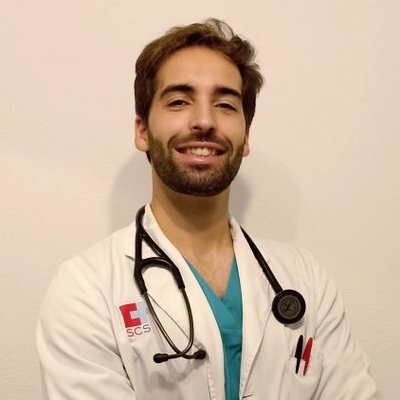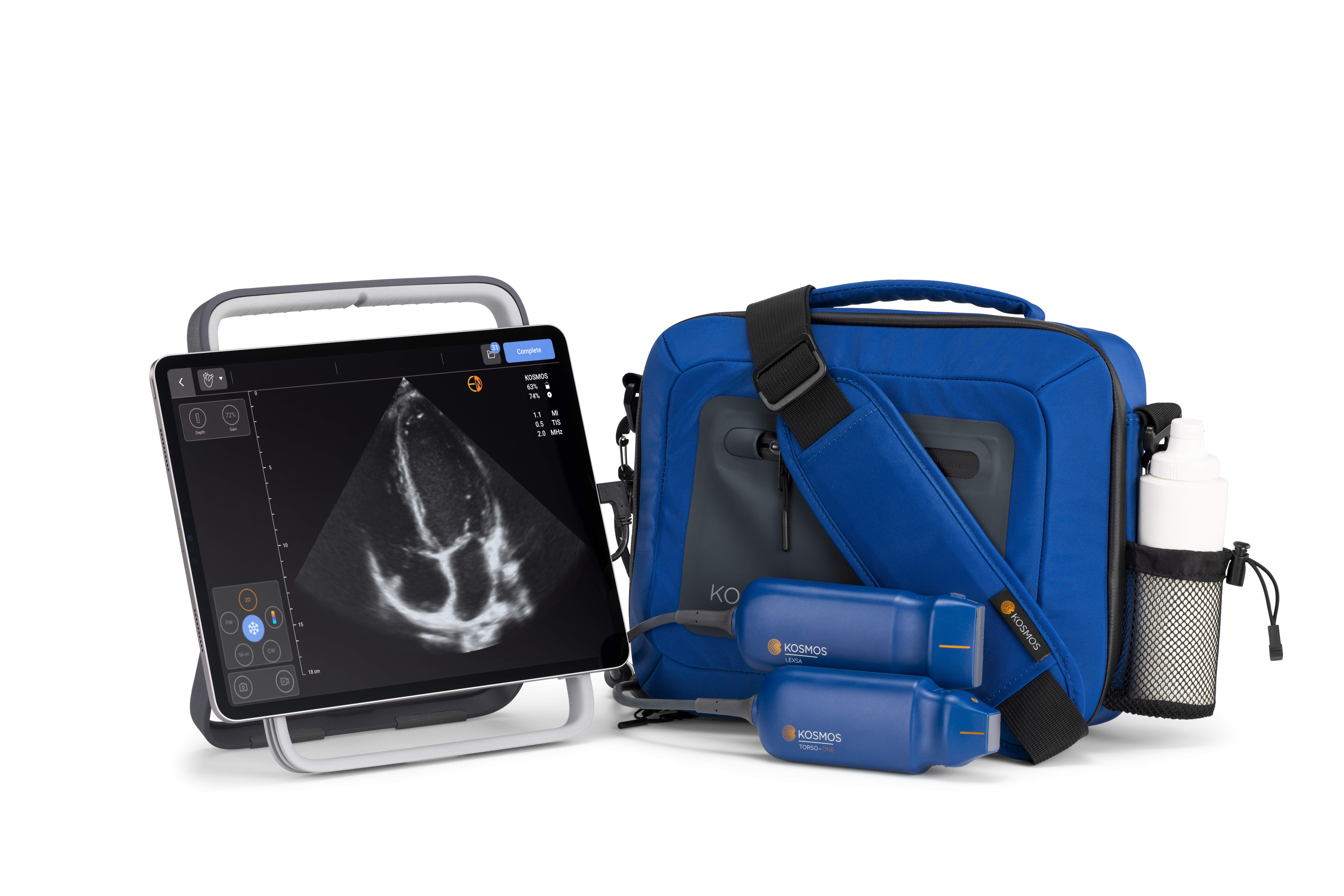Ultrasound Technology Answers COVID-Era Medical Training Challenges

Authors:
Bernard E. Bulwer, MD., MSc, RCS, FASE, Founder and Project Director, Echo Stethoscope Academy Project, Longwood Medical and Academic Area, Boston, Massachusetts, USA
Robert Jones, DO, FACEP – Assistant Dean for Clerkship Education-MHMC, Professor, Emergency Medicine, CWRU at The MetroHealth System
The disruptive impact of the Covid-19 pandemic on medical services has been a central concern across our industry. The global health strategy, backed by guidance from the National Institutes of Health and World Health Organization, has so far focused on flattening the epidemiological curve. By doing so, we’ll prevent healthcare services, resources, and medical staff from being overwhelmed. Despite the best efforts to contain the pandemic, however, medical facilities and staff around the globe have experienced widespread disruption and increased burden.
The heavy death toll and the initial impact on frontline healthcare workers have made headlines. Another big impact, however, has gone under-reported: the negative implications on medical and allied health education and training. It is in this area that we need to focus more heavily on technology to make up lost ground. One technology that is showing great promise is handheld point-of-care ultrasound (POCUS).
Dr. Rajesh Mangrulkar, Associate Dean of Medical Student Education at the University of Michigan Medical School, recently told a Harvard-organized Zoom panel that the pandemic has forced many healthcare educators to ask themselves very tough questions. This ‘COVID Moment’ as he referred to it, “…should not only be a milestone for how public health systems in our country respond and are redesigned, but also a milestone for education systems, especially medical education.”
Hands-on clinical training is an important component of medical education, yet the emergence of COVID-19 has significantly restricted access to clinical sites. With the pandemic still raging alongside the recent roll out of vaccines, there’s no immediate fix. Even before the pandemic, access to locations for medical rotations presented a challenge. Now, ongoing restrictions driven by PPE shortages and infection risk have increased both the difficulty and the urgency of finding alternatives.
Dr. Adaira Landry, an emergency medicine physician of Brigham and Women’s Hospital at Harvard Medical School says, “The biggest issue for us in our department at the start of the pandemic was understanding infection control of COVID. The large cart-based machines are difficult to clean. The risk of contamination with COVID from patient to patient seemed high so we switched to handheld devices. The limitation has been that there is a loss in some of the key features offered in cart-based machines, such as clarity and Doppler. But new technological advances are rapidly solving these challenges in some of the hand-carried products.”
Diagnostic medical ultrasound is a clinically safe tool and portable versions of the technology offer unique advantages in the clinical training environment. Ultrasound, as a modality, is perfectly suited to this kind of supplemental medical education based on its recommended use as an extension of the physical examination. Handheld ultrasound devices, in particular, offer highly portable, cost-effective, easy-to-clean, and easy-to-network tools.
Smartphone-paired devices like Butterfly IQ have shown promise as quick, first-look ultrasound tool where high-resolution images are not a priority. Devices like the GE Healthcare Vscan have been tested by the Naples Community Hospital System in Florida for COVID diagnosis. And more powerful POCUS technology is emerging as well – KOSMOS by EchoNous offers diagnostic-quality imaging in a handheld device. KOSMOS is guided by built-in artificial intelligence, which helps open the use of the technology to doctors who are in training or maybe less experienced in ultrasound. Kosmos has just released its pulsed-wave Doppler followed closely by continuous-wave Doppler functions, which is coming soon.
With the world still in the grip of the pandemic in the short term, tailored POCUS training and curricula can deliver engaging and immersive new opportunities to supplement the medical curriculum. Using POCUS within a bubble environment – where groups of students can gain skills training by scanning each other – or even self-scanning, are viable options. In one example, Oakland University William Beaumont School of Medicine had to modify their ultrasound training in response to COVID-19. They developed a point-of-care peer-to-peer program that focused on training by experienced physicians in small groups, going system-by-system exploring the lungs as well as cardiac and abdominal structures.
Training with these devices has accelerated in several other U.S. medical schools as well, including Case Western Reserve University Medical School. With the novel Gross Anatomy Radiology Living Anatomy (GARLA) curriculum, ultrasound was added to the living anatomy portion. The addition of ultrasound enhanced learning beyond what was possible using a standalone augmented reality headset, the HoloLens by Microsoft.
When combined with Doppler modalities, ultrasound is the most versatile tool that can be used in the classroom to display cardiac structure, function, and blood flow hemodynamics. One example, Kosmos combines ultrasound with a digital stethoscope and ECG—components that can elucidate and display the cardiac cycle and events in real-time. Such synchronized integration can augment and enhance understanding of foundation subjects of cardiac anatomy, physiology, hemodynamics, cardiac murmurs, pathophysiology, and the cardiac physical examination.
While there is simply no substitute for hands-on medical training, the current climate, brought on by the pandemic, has initiated a rapid transition to more immersive and mixed reality training in medical education. POCUS technologies are playing a larger role in this transition and are delivering advantages such as improved access, scalability, and costs – trends that we expect to continue well after COVID’s global hold has subsided.



